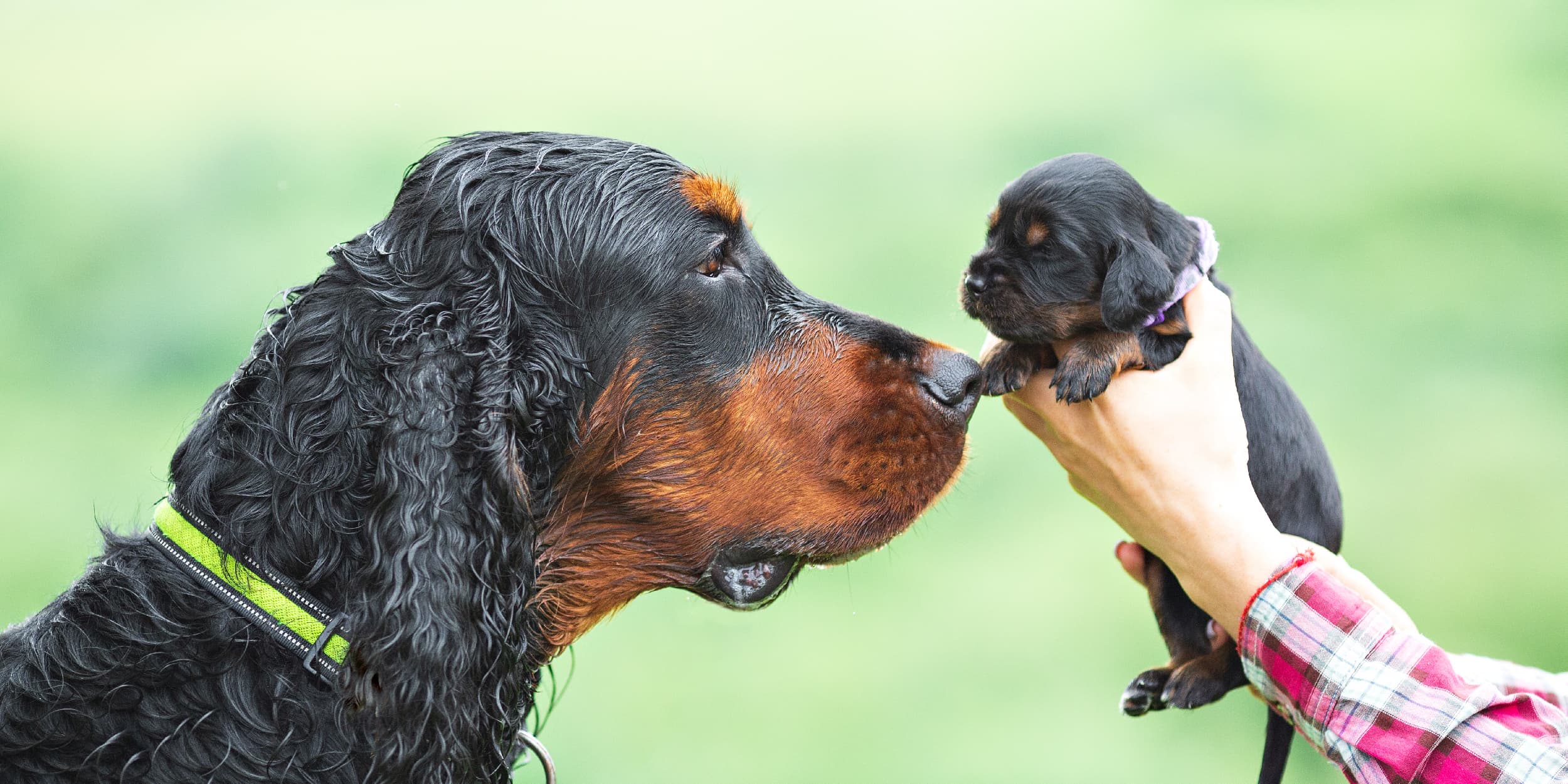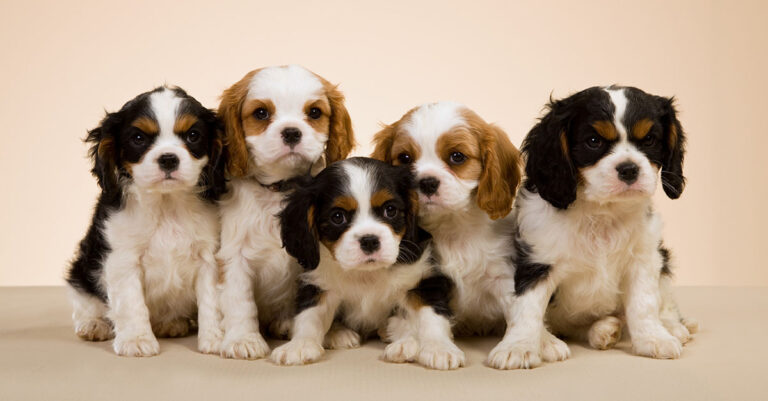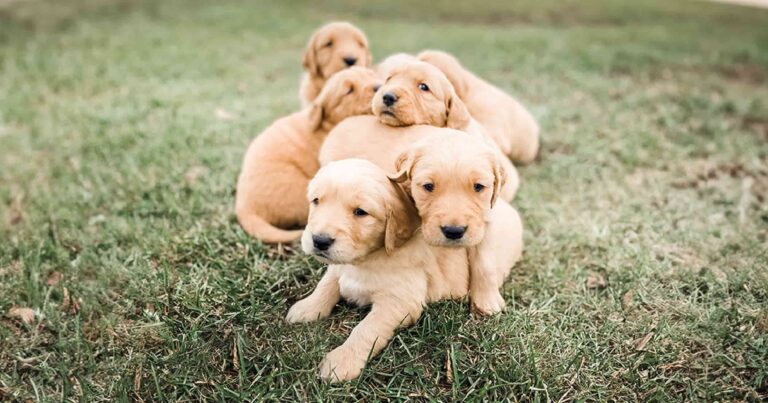You’re adding a new puppy to the family. Congrats! We bet you have questions and concerns, though, right? Even though that new puppy seems like a constant source of delight, do you know that for sure? When you bring that puppy home, how will your other dogs react? How will the puppy react to older dogs? How do you introduce the new puppy to your dog? When you get the new puppy home, what do you feed them? When you’re low on sleep from a whining puppy and you’re thinking “how to introduce the new puppy” to literally everything from the resident dog to every other family member, don’t worry. We have your back.
Introducing That Puppy to Your Resident Dog and Everyone Else
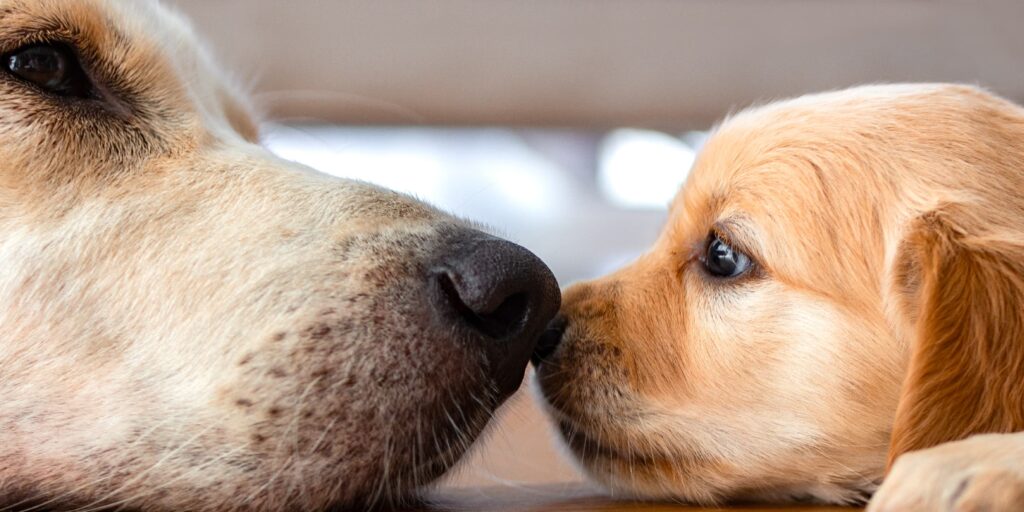
If you’ve made the decision to bring home a new puppy, chances are the adults and older children in your household are entirely on board with this plan. But what about your current dog? What about younger children and babies? Here are a few guidelines for introducing your puppy to adult dogs and not-so-adult people.
Sometimes, your resident dogs will immediately warm up to the puppy and everything will be tail-wags and toys sharing. But until you know that for sure, follow these simple guidelines:
Meet Somewhere Besides Home
You don’t want your current dog to feel they have to protect their turf when the two dogs meet the first time. Meeting on neutral ground is best for everyone. Once you’ve verified that both dogs are down, you can head home and redo the meeting in a safe space.
Put Them Both on Leashes
So you can best control the situation, use a leash on both the young and older dog. A leash allows you to more easily intervene if one or the other doesn’t take kindly to their new friend. Pay attention to both dogs’ body language and be prepared to separate if there are any signs of aggression.
Keep Toys Out of the Equation
When you first introduce your new puppy to your dog at home, make sure the meeting space is free from your current dog’s prized possessions. Toys, pillows, food bowls, etc. — anything that they might get protective over. Let the dogs meet and roam together around the neutral location without those items. Once you’re confident in both dogs’ body language, you can let them retrieve items for “show and tell” as they desire. But wait a few days before letting them share!
Once you’re reasonably certain that your current dog is OK with the new addition, don’t just throw them together nonstop. Moderation is key. That little puppy, no matter how lovable, WILL be overbearing, so give your adult dog the space they need for a few days.
Puppies and Children
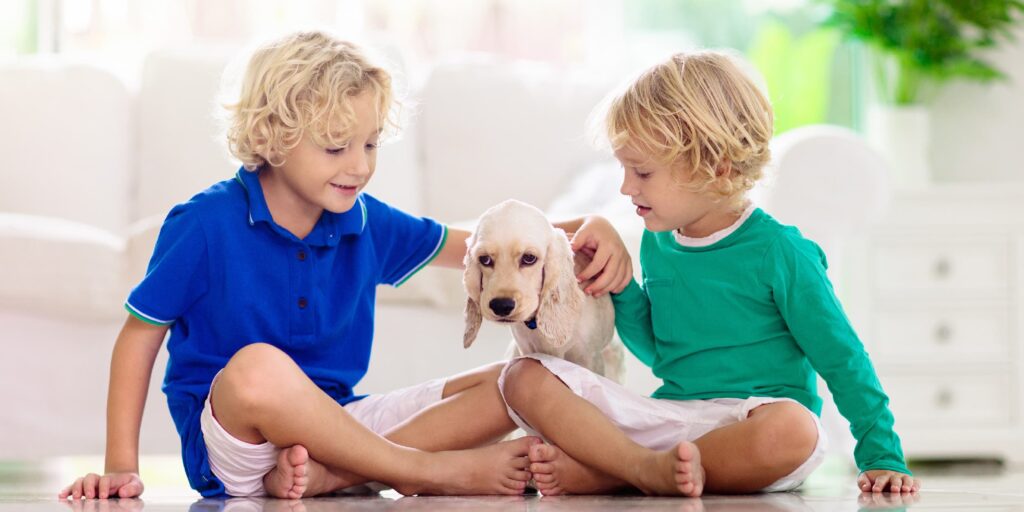
Kids are a little easier when it comes to introducing a new puppy, and choosing a child-friendly dog breed is important. In this case, you treat your puppy like you would your other dog when they met the puppy. You don’t want your puppy to feel threatened, so give your puppy plenty of space to “escape” if the kids get a little too excitable. Let the puppy approach the kids, as opposed to the other way around. Allow the puppy ample time to sniff and roam the room at their leisure. Puppies are social animals and will quickly head toward the kids in most cases. When the pup approaches, let the children offer their hands, palms down and curled into fists (to limit any puppy biting), for a thorough sniffing session.
If all is going well after the sniffing, we can move to petting! Hooray! Let your kids lightly pet the puppy, but stick to the top of their head and back for the time being. If everyone seems to be on the same page here, let them “play” gently a bit. But if the puppy seems to be either too excited or too tired, separate the parties for a while. (Baby gates aren’t just for babies!)
The puppy and the kids will be best buds in no time!
Once all the introductions are made, there is still some work to do. Here’s our handy new puppy guide that will tell you what to expect those first few weeks…and beyond!
What to Expect from Your New Puppy That First Week
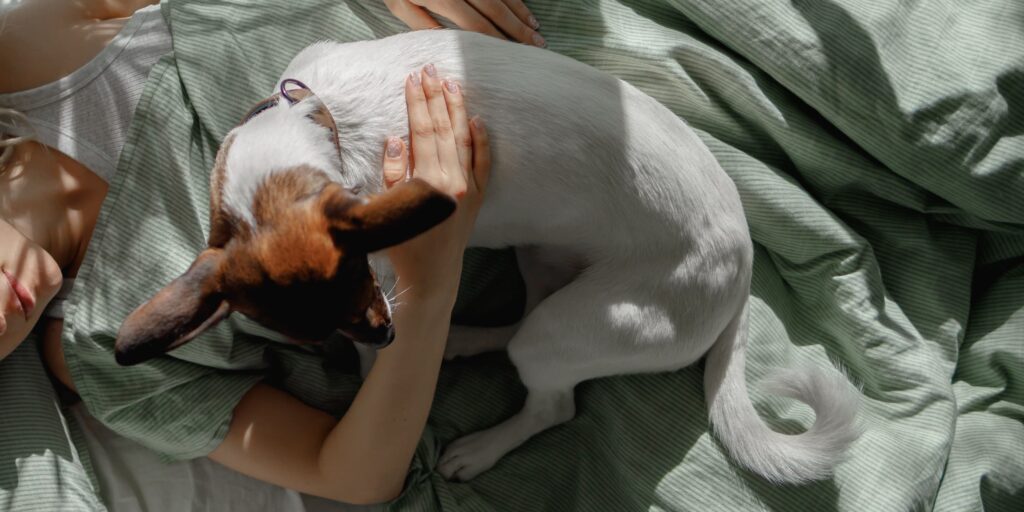
Your first week with a new pup will include interrupted sleep — for both your new pup and you — lots of potty time, lots of exploration. Possibly an annoyed older dog. Young puppies create lots of changes and havoc (mostly, the good kind!) for a household, its resident dog and resident people. Here is what you as a pet parent and your older dog (if you have one) as a canine buddy can expect that first week, from puppy playtime to learning at their own pace to that first meeting between the resident dog and the new puppy. If introducing a new young pup to the house, this blog is essential.
READ MORE ABOUT YOUR PUPPY’S FIRST WEEK HOME
How to Feed Your New Puppy to Ensure Proper Growth
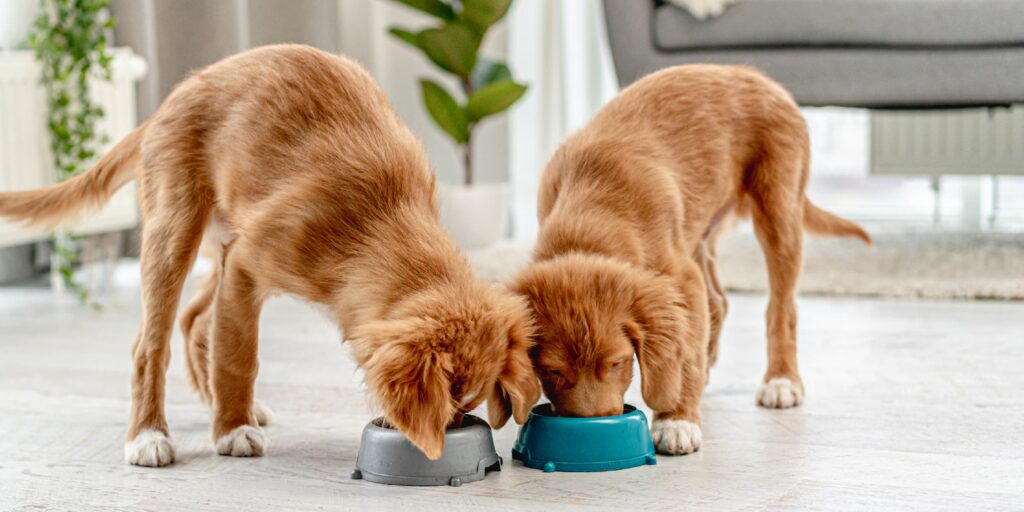
Puppies grow rapidly, and they need complete and balanced nutrition to properly fuel that growth and development. Not only do puppies’ nutritional needs differ from those of an adult dog, but their requirements vary depending on their breed and size. That’s not surprising when you consider the tremendous variation in dog sizes.
With so many different breeds and sizes of dogs, there is no one-size-fits-all answer to puppy nutrition. With most older dog breeds, you can be somewhat secure that a “maintenance formula” will provide the vast majority of what adult dogs need. But with puppies, it’s important to ensure that you’re immediately feeding the right food, right now.
READ MORE ABOUT NUTRITION AND PUPPY GROWTH
Everything You Need to Know About Training Your New Puppy
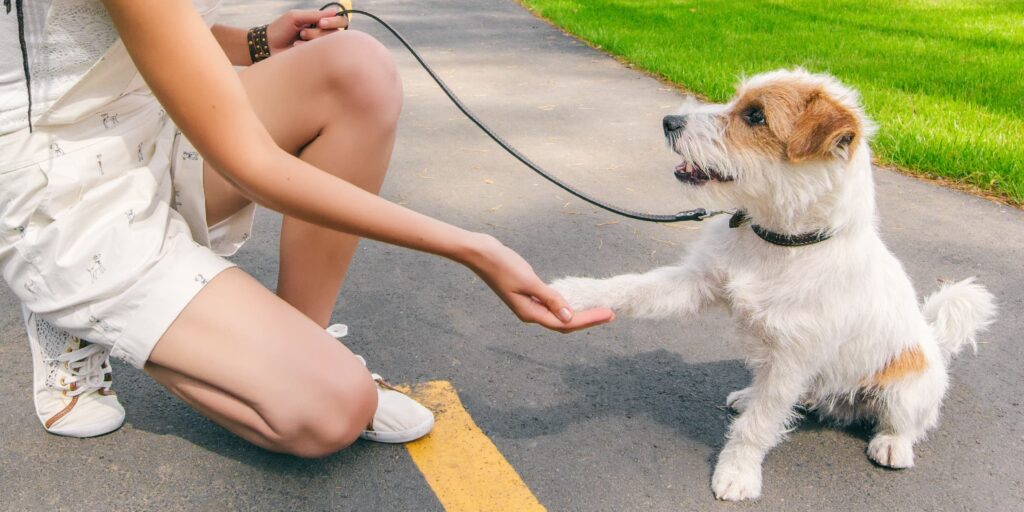
Your puppy is home. It’s all snuggles and puppy breath from here, right?
Right?!?
Well, not exactly. While nothing matches the fun and excitement of getting to know your new puppy, there’s real work to be done, especially if you want a well-behaved older dog at some point in your life. Training can start the minute your puppy comes home, but training a puppy can be a little trickier than training an already well-behaved older dog.
This is why we’ve put together this puppy training guide. You’ll find a diverse range of basic puppy training tips ranging from house training to whether you need puppy socialization classes on your puppy training timeline. It’s everything puppy owners need to know about training your puppy.
READ MORE ABOUT PUPPY TRAINING TACTICS
Building a Nutritional Foundation for Your New Puppy
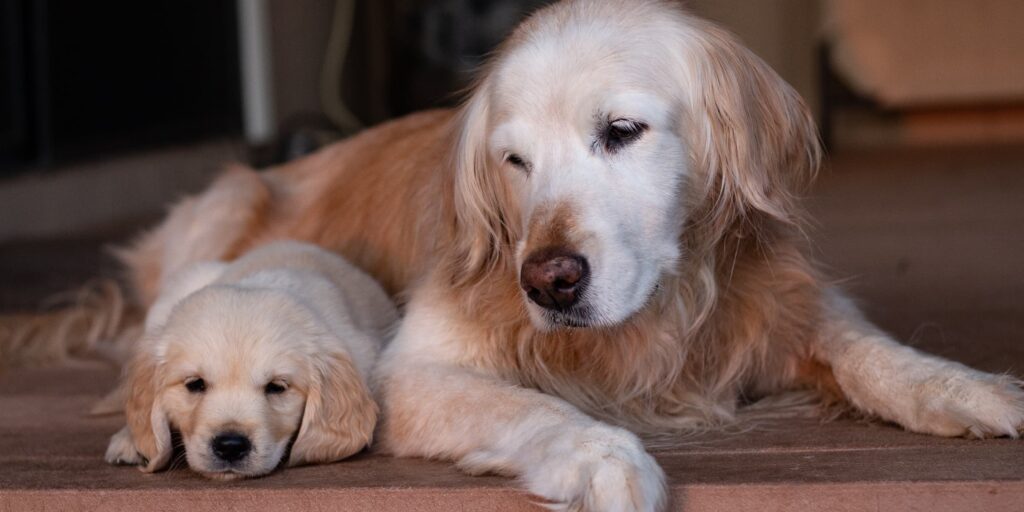
You’ve just brought home an extremely adorable and energetic puppy, and you want to make sure you’re starting him or her off on the right paw. You know proper nutrition is one of your pup’s most basic needs and one of the best ways to keep your dog healthy. But with the dozens of dog food choices available, how do you know which one is right for your puppy?
Here’s a primer in starting your puppy with the proper nutritional foundation.
READ MORE ABOUT THE BUILDING BLOCKS OF PUPPY NUTRITION
A New Puppy Is Work, But Oh So Worth It
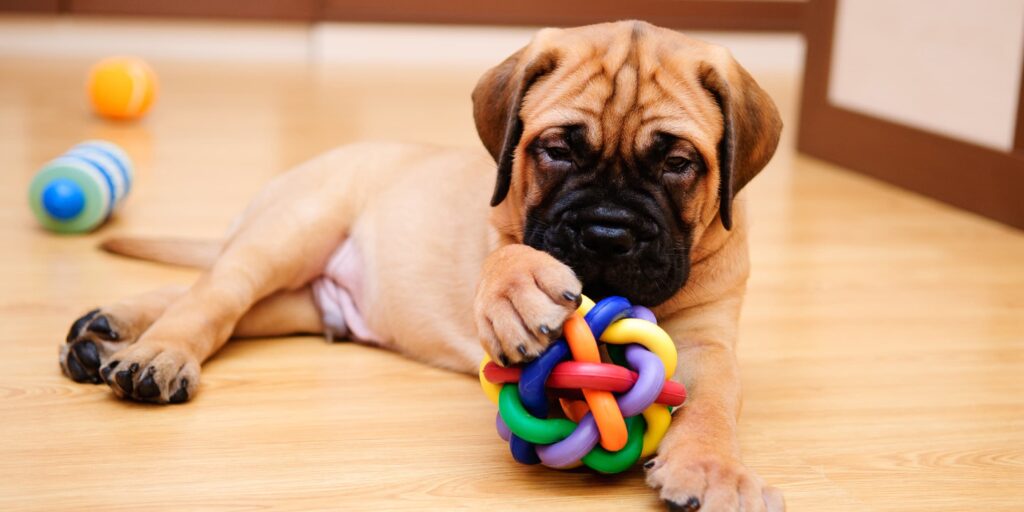
Whether you have a dog currently or not, introducing a new puppy into your life can be a blast. But keeping that puppy safe, your older dog happy and everyone nutritionally sound takes a little bit of effort. We hope this guide has helped you make that transition from puppy parents to expert puppy parents!

